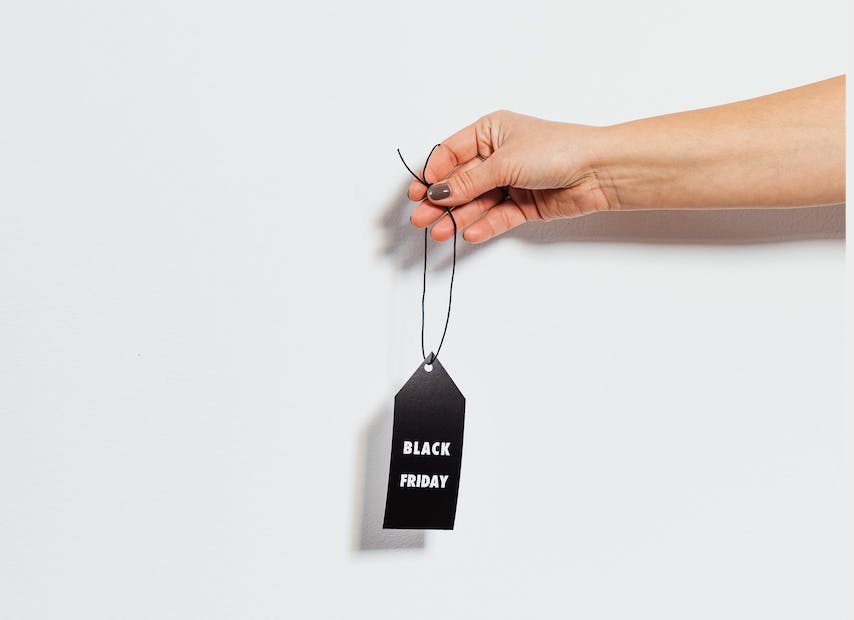Nudging Consumers Towards Big-Picture Thinking
The desire for instant gratification, and the battle to tame this base impulse, is a universal struggle. As the wise 13th-century Persian poet Rumi once said: “The intelligent desire self-control; children want candy.”
Most animals, when presented with a treat, will gobble it up immediately. But as humans, we boast about our ability to delay gratification, though often this is because we believe a larger benefit awaits us in the future if we control ourselves.
It’s not a perfect skill by any means—but I am usually slightly better than my beagle at savoring a treat.
A theory of minds
How are we able to achieve this? A leading theory holds that it is our ability to read someone else’s mind that holds the key to the answer. Now you may be picturing the mentalist Derren Brown waving his fingers and staring intently at a volunteer from his audience, but what I am referring to is something called the “Theory of Mind.” This is the ability to imagine yourself in another person’s shoes, so to speak, though it also applies to being able to put ourselves in our own shoes in an imagined future.
Theory of mind (TOM)1 is defined as the ability to attribute mental states—beliefs, intents, desires, pretending, knowledge, etc.—to oneself and others, and to understand that others have beliefs, desires, intentions, and perspectives that are different from one’s own. This clever little trick, in my opinion, is what really differentiates us from the animals, and is the foundation of empathy. Sure, it has been found that apes and even rats have some form of this ability,2 but we are the ones that really excel at it. And most movies would be rather boring if we didn’t.
So, does TOM allow a person to project their future self to their current self? For instance, does it allow me to mentally picture my future self having trouble fitting into my jeans after eating that third donut, and thereby stop me from picking it up? Or, in what is known as temporal discounting, does it stop me from taking a pile of money now instead of waiting to get an even bigger stash of cash later?
References
- Marraffa, M. (n.d.). Theory of Mind. IEP. https://iep.utm.edu/theomind/
- Keim, B. (2018, May 9). The Intriguing New Science That Could Change Your Mind About Rats. Wired. https://www.wired.com/2015/01/reconsider-the-rat/
- Soutschek, A. (2016). Brain stimulation reveals crucial role of overcoming self-centeredness in self-control. Science Advances. https://advances.sciencemag.org/content/2/10/e1600992
- Saxe, R., & Kanwisher, N. (2003). People thinking about thinking people. The role of the temporo-parietal junction in “theory of mind”. NeuroImage, 19(4), 1835–1842. https://doi.org/10.1016/s1053-8119(03)00230-1
- Bolognini, N., & Ro, T. (2010). Transcranial magnetic stimulation: disrupting neural activity to alter and assess brain function. The Journal of neuroscience : the official journal of the Society for Neuroscience, 30(29), 9647–9650. https://doi.org/10.1523/JNEUROSCI.1990-10.2010
- Ersner-Hershfield, H., Garton, M. T., Ballard, K., Samanez-Larkin, G. R., & Knutson, B. (2009). Don’t stop thinking about tomorrow: Individual differences in future self-continuity account for saving. Judgment and decision making, 4(4), 280–286.
- Affect Heuristic – Biases & Heuristics. (2020, October 5). The Decision Lab. https://thedecisionlab.com/biases/affect-heuristic/
About the Author
John Laurence
John’s interest in neuroscience, consumer psychology and behavioral science led him to establish a neuromarketing agency in South Africa in 2011. Over the past decade he has developed various research methodologies utilizing EEG, GSR, eye tracking and implicit association testing. Combining these tools with insight from fields such as behavioral economics, he has worked on a variety of marketing initiatives, including ad testing, new product development, price positioning, in-store marketing and communication strategy.
About us
We are the leading applied research & innovation consultancy
Our insights are leveraged by the most ambitious organizations
“
I was blown away with their application and translation of behavioral science into practice. They took a very complex ecosystem and created a series of interventions using an innovative mix of the latest research and creative client co-creation. I was so impressed at the final product they created, which was hugely comprehensive despite the large scope of the client being of the world's most far-reaching and best known consumer brands. I'm excited to see what we can create together in the future.
Heather McKee
BEHAVIORAL SCIENTIST
GLOBAL COFFEEHOUSE CHAIN PROJECT
OUR CLIENT SUCCESS
$0M
Annual Revenue Increase
By launching a behavioral science practice at the core of the organization, we helped one of the largest insurers in North America realize $30M increase in annual revenue.
0%
Increase in Monthly Users
By redesigning North America's first national digital platform for mental health, we achieved a 52% lift in monthly users and an 83% improvement on clinical assessment.
0%
Reduction In Design Time
By designing a new process and getting buy-in from the C-Suite team, we helped one of the largest smartphone manufacturers in the world reduce software design time by 75%.
0%
Reduction in Client Drop-Off
By implementing targeted nudges based on proactive interventions, we reduced drop-off rates for 450,000 clients belonging to USA's oldest debt consolidation organizations by 46%




















